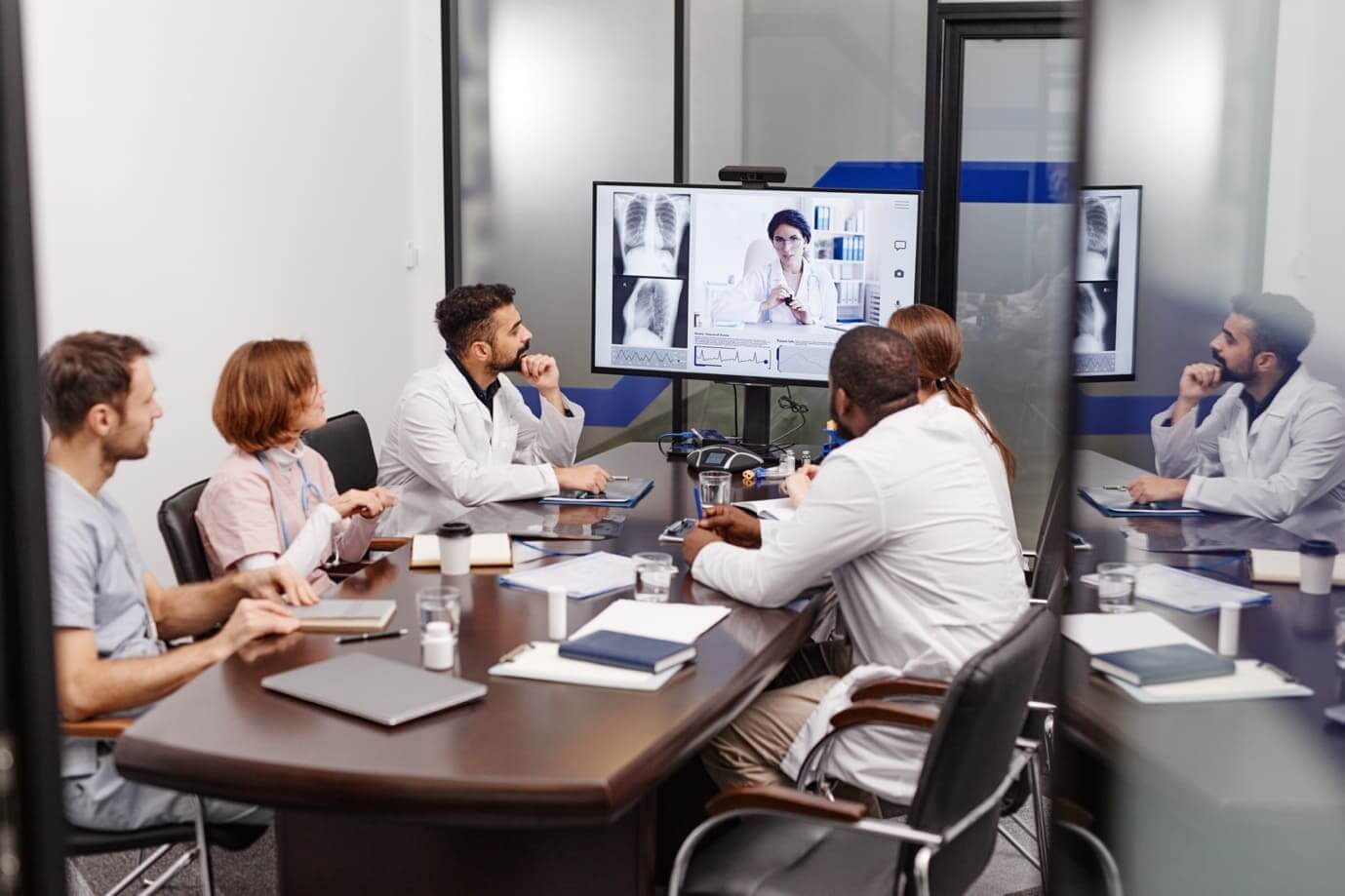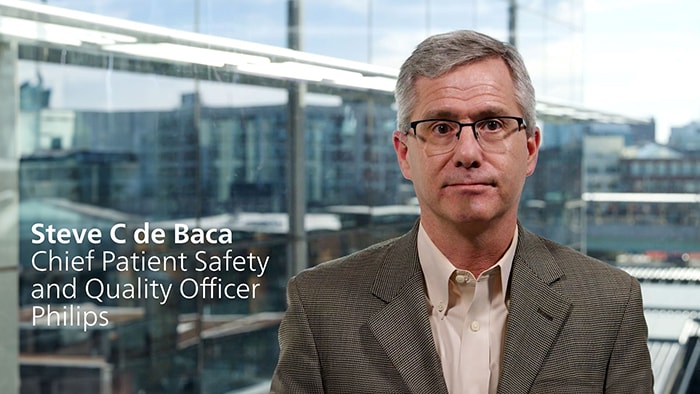The Responsibilities and Skills of a Clinical Safety Officer in Modern Healthcare Settings
Top Duties of a Medical Safety And Security Officer in Modern Medical Care
In the developing landscape of modern healthcare, the role of a Clinical Safety Officer has become significantly essential. From creating thorough security procedures to fostering a culture of safety within medical care groups, their influence is profound.
Threat Analysis and Administration

The CSO works together with multidisciplinary groups to gather data on occurrences and near misses out on, helping with a culture of transparency and continual renovation. By examining trends and patterns, the CSO can recognize areas needing intervention, ultimately lowering the likelihood of negative occasions. The CSO guarantees conformity with governing requirements and guidelines, which offer to enhance patient security and reduce liability dangers.
Effective interaction is crucial; the CSO should communicate threat findings to stakeholders, consisting of health care administrators, individuals, and companies. In addition, the CSO must remain abreast of emerging risks connected with brand-new innovations and treatment techniques, adapting risk monitoring strategies as necessary. Inevitably, by cultivating an atmosphere of proactive danger administration, the Professional Safety and security Police officer contributes significantly to the overall safety and security and quality of treatment supplied within healthcare settings.
Creating Safety And Security Procedures

In cooperation with multidisciplinary groups, the Clinical Safety and security Officer examines information from incident reports and run the risk of analyses to inform protocol development. This consists of establishing clear, workable procedures for different scenarios, such as infection control, medication management, and emergency situation reaction. Making sure that procedures are not just reliable however additionally sensible is necessary; they should be conveniently understood and incorporated right into daily operations.
In Addition, the Medical Security Policeman remains updated on the most up to date advancements in safety procedures and medical care innovations, adapting procedures as necessary. Regular evaluations and updates of these methods are necessary to guarantee they continue to be effective and appropriate in resolving arising dangers. Ultimately, well-developed safety and security procedures serve as a foundation for a culture of security, fostering a setting where person care is prioritized and risks are systematically mitigated.
Carrying Out Educating Procedure
While safety and security protocols offer the framework for danger monitoring, performing efficient training sessions is necessary to make certain that all healthcare personnel excel in these procedures. A Professional Safety Police officer plays a crucial duty in creating and performing extensive training programs customized to the certain requirements of different groups within the health care setting. This consists of organizing workshops, workshops, and hands-on training that address current safety and security requirements, emergency treatments, and using safety and security tools.
Additionally, the Medical Security Policeman have to analyze the knowledge voids among personnel, guaranteeing that training sessions are appealing and relevant. Utilizing a mix of instructional techniques, such as interactive simulations and study, can enhance understanding and retention. Clinical safety officer. Routinely set up training refreshers also reinforce team preparedness and versatility to advancing security procedures
Additionally, fostering a culture of safety within the company is crucial. The Professional Safety Officer need to encourage open discussion and responses during training sessions, allowing team to voice worries and share experiences. Ultimately, well-conducted training sessions equip health care specialists to respond properly to prospective dangers, promoting a more secure atmosphere for both patients and personnel.
Monitoring Conformity Standards
Checking compliance criteria is indispensable to the function of a Clinical Safety Officer, ensuring that all safety and security methods are consistently complied with across the read here medical care facility. This responsibility involves routine analyses of professional practices, plans, and procedures to straighten them with recognized regulative additional reading and business criteria.
The Clinical Safety Officer should carry out systematic audits and evaluates to identify possible spaces in conformity, promoting a positive approach to patient security. By applying durable tracking systems, the policeman can properly track adherence to safety and security methods and quickly address any discrepancies.
In Addition, the Medical Safety Policeman collaborates with numerous divisions to make certain that all personnel members recognize and comprehend conformity needs. This consists of examining incident reports, assessing threat management approaches, and offering feedback to enhance methods.
Moreover, the officer has to stay upgraded on progressing medical care laws and requirements, making certain that the center adjusts accordingly. By cultivating a society of responsibility, the Scientific Safety and security Police officer plays a critical role in improving the general safety and security and high quality of care delivered to patients, ultimately adding to much better health outcomes and organizational honesty.

Advertising a Society of Safety
Developing a society of security within a healthcare center is necessary for improving and lessening dangers individual care. A Clinical Security Policeman (CSO) plays an essential duty in promoting this setting by advertising liability, openness, and continual enhancement among personnel whatsoever degrees. The CSO implements and develops safety procedures that motivate open interaction and coverage of cases without anxiety of retribution.
To properly advertise a society of safety, the CSO should engage in routine training sessions that emphasize the value of patient security and threat monitoring. These sessions important source must consist of real-life study and simulations to assist team acknowledge prospective hazards and understand their obligations in minimizing them. Additionally, the CSO ought to help with interdisciplinary collaboration, making certain that all departments interact to resolve safety and security issues comprehensively.
Routine analyses and feedback devices are vital elements of this society. The CSO needs to assess safety information, determine patterns, and share findings with the whole company to drive renovation campaigns. By prioritizing safety and security, the CSO grows an environment where team really feel encouraged to promote for their patients, bring about boosted treatment high quality and ultimately, much better wellness results.
Verdict
To conclude, the function of a Professional Security Policeman is integral to fostering a risk-free medical care environment. By systematically recognizing medical dangers, creating comprehensive security procedures, and performing specialized training, these professionals enhance personnel readiness and conformity with governing standards. Promoting a society of safety and security through open communication and interdisciplinary collaboration significantly adds to boosted individual care. Inevitably, the initiatives of Professional Safety and security Policemans make sure that safety remains an extremely important emphasis within health care settings.
Ultimately, by cultivating an environment of aggressive risk administration, the Clinical Security Police officer contributes substantially to the overall security and top quality of care provided within healthcare setups.
Moreover, the Scientific Security Policeman remains upgraded on the most current improvements in security steps and healthcare technologies, adapting methods appropriately. Ultimately, well-developed safety and security procedures serve as a structure for a culture of safety, cultivating an atmosphere where client treatment is prioritized and risks are systematically reduced.
To effectively advertise a culture of safety and security, the CSO should engage in routine training sessions that emphasize the relevance of individual safety and danger management (Clinical safety officer). Inevitably, the efforts of Professional Security Officers make certain that security continues to be a vital focus within health care setups